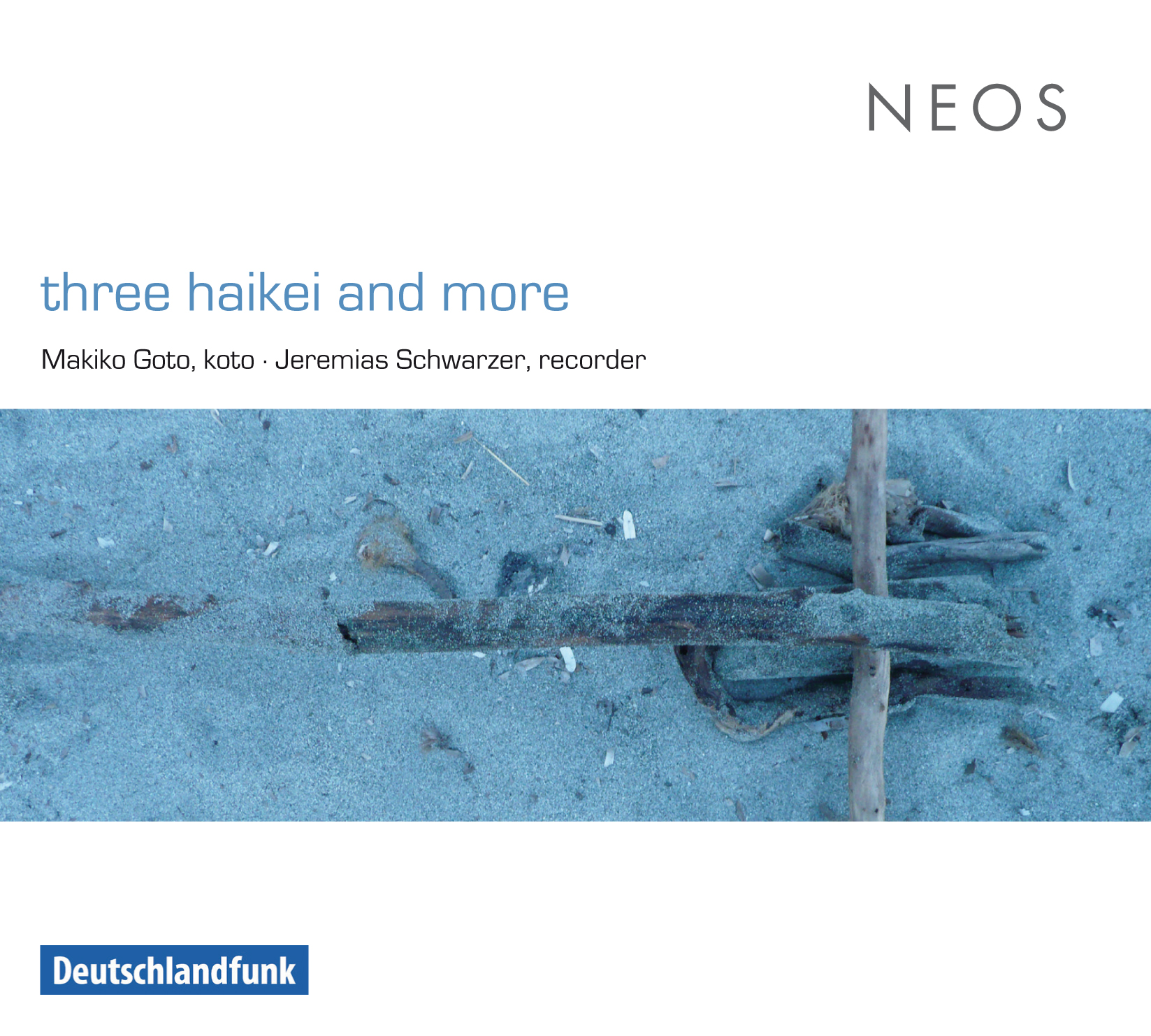three haikei and more
Werke von Erwin Koch-Raphael, Annette Schlünz, Annette Schlünz, Yuji Takahashi, Mochizugi, Toshio Hosokawa
Makiko Goto, Jeremias Schwarzer
● 2011
What does ‘modern’ music sound like in the age of global awareness? This is the question taken up by three haikei and more, using examples from traditional music and new works based on the Japanese musical tradition.
The koto (the Japanese zither) originally arrived in Japan by way of China in the Nara period (8th century) as an instrument in the gagaku ensemble. Later it evolved into a solo instrument whose most important traditional reper-toire was provided by Yatsuhashi Kengyô in the 17th century.
At the same time as the koto, the recorder had its music-historical heyday in the Baroque age of the 17th and early 18th centuries. During the 20th century, in the wake of the early music movement, it became a concert instrument for which contemporary composers have written an increasingly large number of works.
The koto and the recorder can be found in both the folk and the art music of their respective cultures. The composers commissioned to write new works for Makiko Goto and Jeremias Schwarzer were thus able to draw their material from many and varied realms of musical association.
The project three haikei and more was supported by commissions from Deutschlandfunk (Forum Neue Musik 2006) and the Ernst von Siemens Music Foundation (Grant-in-aid, 2005). The results could hardly have been more different. No less unusual is the relation to Japanese traditional music: not one of the pieces is performed in its ‘original’ instrumentation.
Even when the ancient Japanese Zen pieces Daha and Yamagoe are played on a recorder, their sounds differ so markedly from the tones of the shakuhachi (the Japanese bamboo flute) that the performances seem to come from a different tradition altogether. Nevertheless, the character of the pieces is retained – a musical expression of mental states or way-stations on a spiritual journey (Yamagoe means ‘a walk over the mountain’, a symbol of difficulties to be overcome, while Daha symbolizes the self-discipline necessary to this end).
